
Everyday Habits That Can Cause a This Issue To Your Hands

If you spend hours on your phone or tapping away at a keyboard, your hands may be absorbing more stress than you realize. One often overlooked consequence of our digital habits is the development of ganglion cysts—fluid-filled lumps that usually appear near the wrist or hand.
While not life-threatening, these cysts can be painful, restrict movement, and interfere with daily activities. Surprisingly, some of the most common things we do—like texting or gaming—might be silently contributing to their formation.
Let’s dive into what ganglion cysts are, what causes them, and, most importantly, what you can do to keep your hands healthy and pain-free.
What Is a Ganglion Cyst?
A ganglion cyst is a soft, round, or oval lump filled with a thick, jelly-like fluid. It most commonly forms near joints or tendons, especially around the wrists, backs of the hands, or fingers. Though these cysts are benign (non-cancerous), they can become problematic when they press against nearby nerves, causing pain, tingling, numbness, or even weakness in the hand.
Cysts can vary in size, sometimes growing larger with increased hand use or shrinking when the joint is rested. In some cases, they disappear altogether without treatment, but for many people, they linger or return repeatedly.
5 Everyday Habits That May Lead to a Ganglion Cyst
1. Repetitive Hand Movements
Typing, clicking, tapping, and swiping—these repetitive motions put constant stress on the small joints and tendons in your hands. Over time, this stress can lead to inflammation and fluid buildup, eventually forming a ganglion cyst.
Tip: Every 30–60 minutes, stop and stretch your fingers, rotate your wrists, and let your hands rest briefly. Even a minute or two can help reduce strain.
2. Excessive Smartphone Use
From texting to scrolling through social media, most people spend hours daily with their wrists bent and thumbs overworked. Holding your phone in awkward positions further increases pressure on tendons and joint capsules, making it easier for cysts to form.
Tip: Use a phone stand or grip accessory to support your device more ergonomically. Voice-to-text and smart assistants can also help minimize hand use.
3. Long Hours of Gaming
Gamers often hold controllers or mobile devices for long periods, using rapid, repetitive finger movements. This constant tension—combined with poor posture—can overload tendons in the hands and wrists, setting the stage for ganglion cysts.
Tip: Choose ergonomic accessories and controllers designed for better hand support. Set a timer to take a 5-minute break every hour to rest and stretch your hands.
4. Poor Ergonomics at Work
If your workstation isn't properly set up, you might unknowingly be forcing your hands and wrists into unnatural, stressful positions. A low keyboard, lack of wrist support, or improper chair height can all contribute to repetitive strain injuries and increase the risk of cyst development.
Tip: Your arms should be parallel to the floor, with your wrists straight and relaxed when typing. A padded wrist rest and adjustable desk setup can help maintain neutral positioning.
5. Repetitive Physical Tasks
Everyday chores like cooking, cleaning, gardening, or even lifting grocery bags involve repeated twisting, gripping, and lifting. Over time, especially in physically demanding jobs, this can place excessive pressure on wrist joints and tendons.
Tip: Wear supportive wrist braces during repetitive tasks and use tools with padded or ergonomic grips. Learning proper techniques for lifting and twisting can also help reduce strain.
When to See a Doctor
You should consult a medical professional if you notice:
-
A visible, round, or squishy lump near your wrist or fingers
-
Persistent pain, numbness, or tingling
-
Weakness in your hand or fingers
-
Reduced mobility or stiffness that interferes with daily tasks
A doctor may perform a physical exam or imaging tests (like ultrasound or MRI) to confirm the diagnosis. In some cases, treatment involves draining the cyst, wearing a wrist splint, or using anti-inflammatory medications. If symptoms are severe or recurrent, minor surgery may be recommended.
Final Thoughts: Small Changes, Big Impact
Although ganglion cysts are usually harmless, they can be a red flag that your hands are being overused or unsupported. The good news? Preventing them is often a matter of making simple, mindful changes to your daily routine.
By improving your ergonomics, incorporating hand stretches, taking regular breaks, and paying attention to how you use your devices, you can reduce your risk and keep your hands functioning at their best.
Your hands are one of your most valuable tools—take care of them so they can continue to take care of you.
News in the same category


How to Use Rice Water for Gorgeous Hair and Skin (Detailed Instructions)

Beware: U.S. Salmon May Be Crawling with Japanese Tapeworm, Say Scientists

3 Morning Symptoms That May Signal the Onset of Canc3r

"8 abnormal signs warning of c3rvical canc3r that women need to recognize early"

If you don’t correct these 5 harmful eating and drinking habits right away, sooner or later your esophagus will also be “ravaged” by cancer cells.
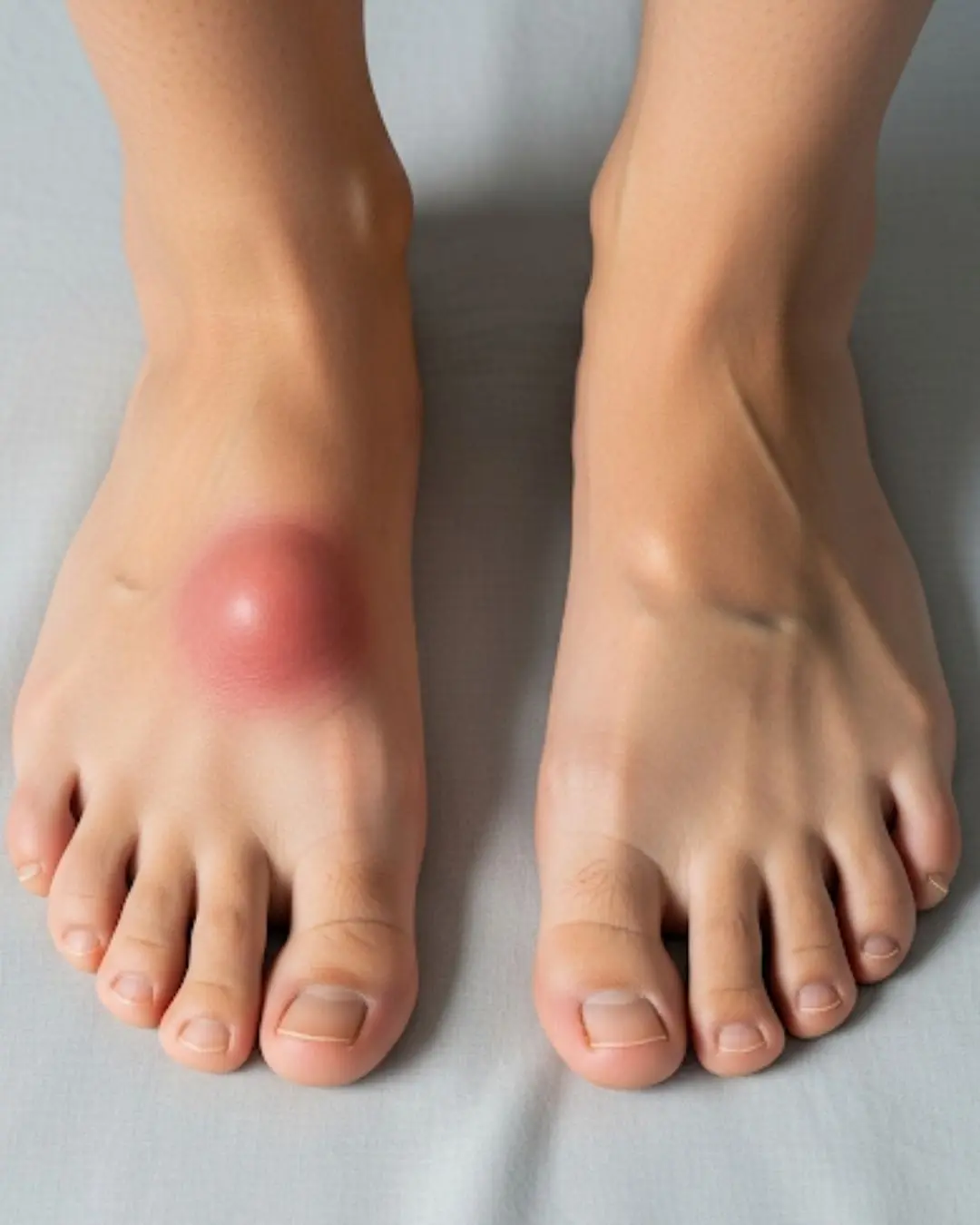
If Your Feet Swell It Is a Clear Sign

Nose Picking What This Taboo Habit Really Reveals About Us
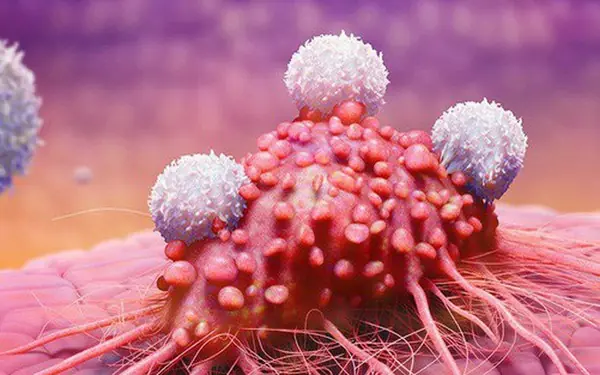
Why Liver Cancer Is Often Detected Late – Important Warning Signs You Shouldn’t Ignore
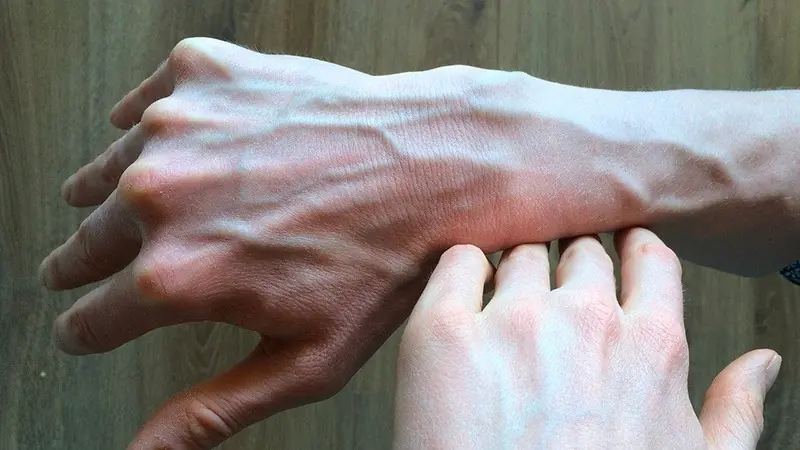
If You See Someone with Prominent Green Veins, Make Sure to Tell Them This – It Could Save Their Life
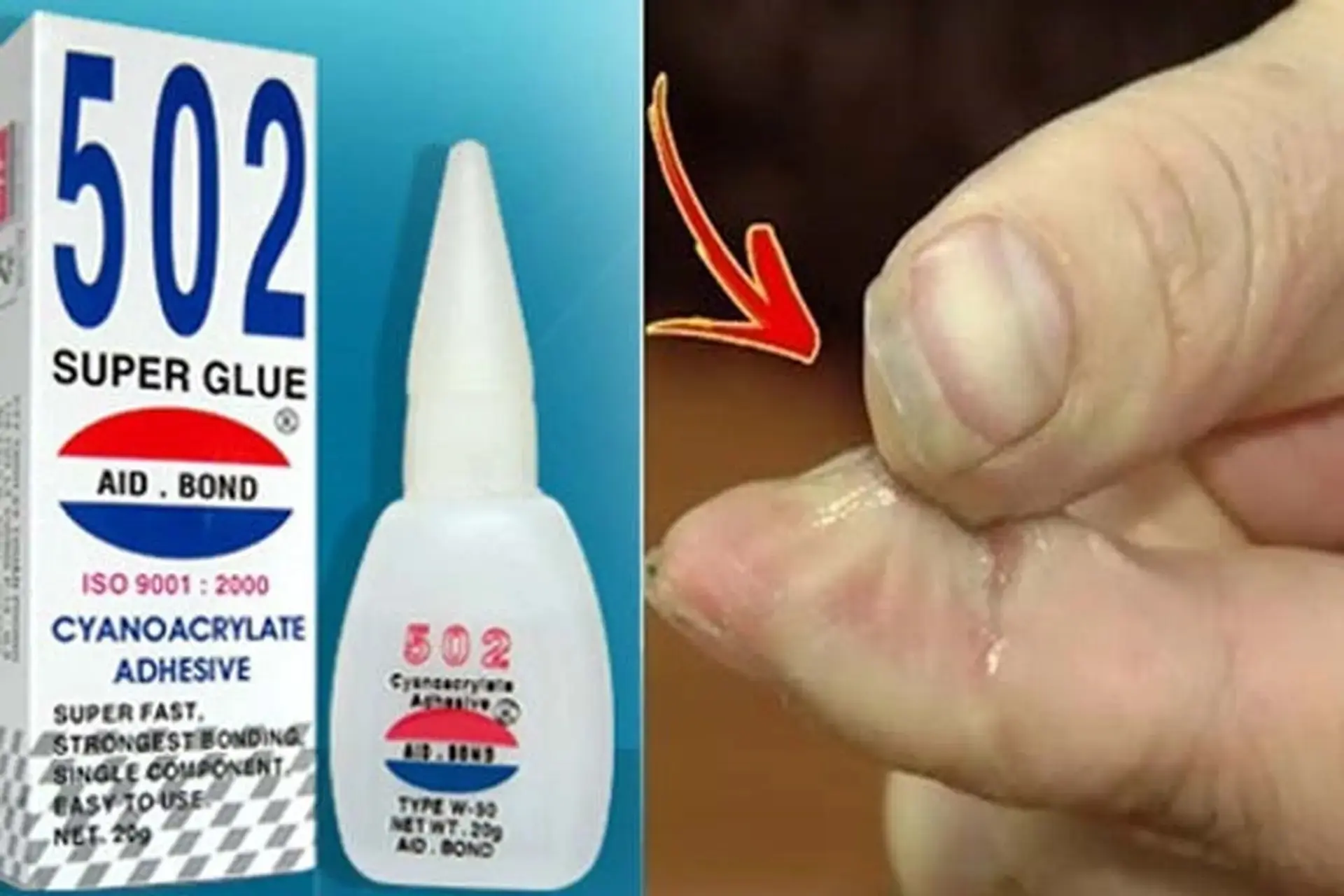
How to Safely Remove Super Glue (502) from Your Skin Without Tearing It

3 Unusual Signs in the Neck That Could Be Symptoms of Cancer – Don’t Ignore Them!

Consciousness Is Not Confined to the Brain, But Is Connected To The Whole Universe, Scientists Say

Study Finds People With ADHD Listen to Music Differently—Here’s How

Can I Get My Metabolism Back After Stopping Lexapro and Prozac?

8 Foods High in Inulin to Eat for Better Gut Health

Proven Health Benefits and Uses of Thyme and Thyme Tea

Proven Health Benefits of Walnuts, How Many to Eat, and More (Science Based)
News Post

Why Your Legs Cramp at Night (And How to Fix It)

How to Use Rice Water for Gorgeous Hair and Skin (Detailed Instructions)

Beware: U.S. Salmon May Be Crawling with Japanese Tapeworm, Say Scientists

The Benefits of Chicken Feet Stewed with Black Beans – As Powerful as Ginseng

There are many cuts of beef, but only these 3 are considered the true “essence” – both chefs and butchers wholeheartedly agree!
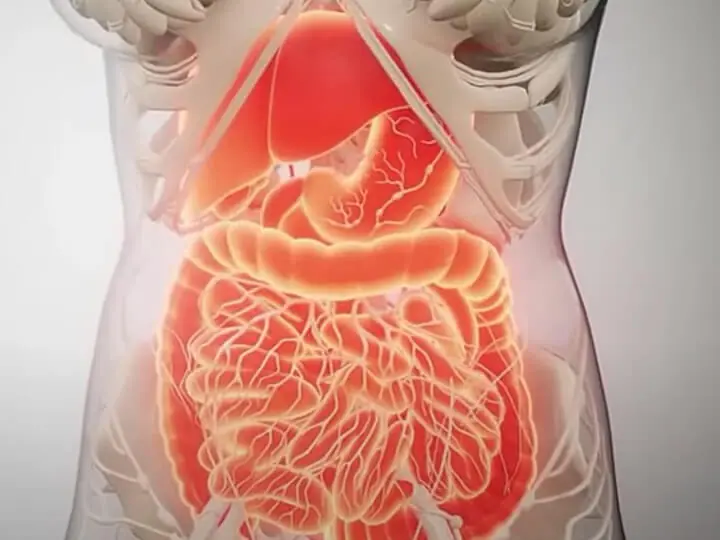
Colon Cleansing: How to Naturally Flush Your Colon at Home (Science-Based)

Put this into a lemon and place it in the corner of your house – mosquitoes will stay away for good

3 Morning Symptoms That May Signal the Onset of Canc3r

"8 abnormal signs warning of c3rvical canc3r that women need to recognize early"

If you don’t correct these 5 harmful eating and drinking habits right away, sooner or later your esophagus will also be “ravaged” by cancer cells.

Is Your Air Conditioner Outdoor Unit Making Loud Grinding Noises? Use This Simple Trick to Make It Run Quietly Without Calling a Technician!
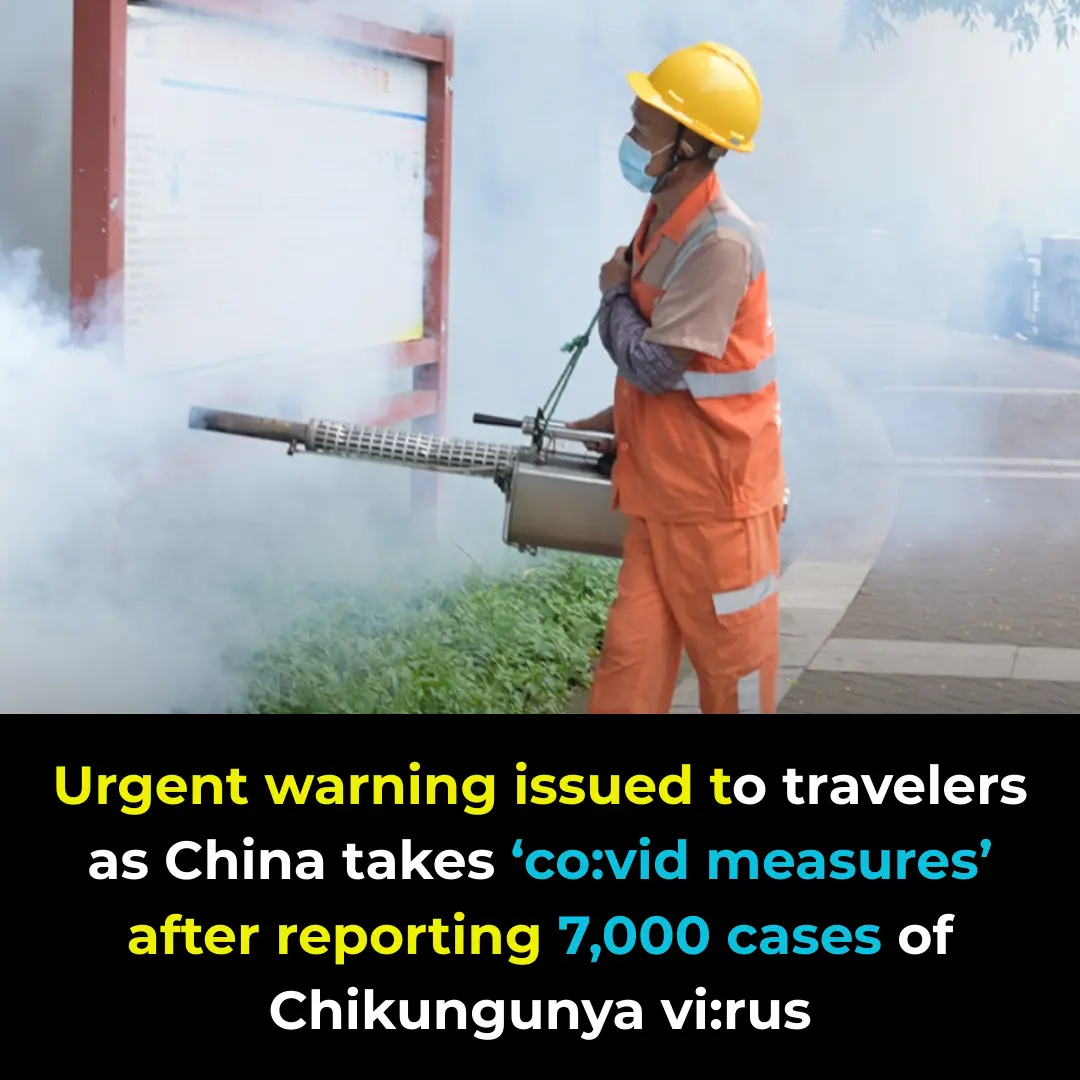
Urgent warning issued to travelers as China takes ‘covid measures’ after reporting 7,000 cases of Chikungunya virus

3 Effective Ways to Prevent Snakes from Entering Your Home Everyone Should Know to Protect Their Family

Signs to look out for amid Gordon Ramsay's health warning after undergoing cancer surgery
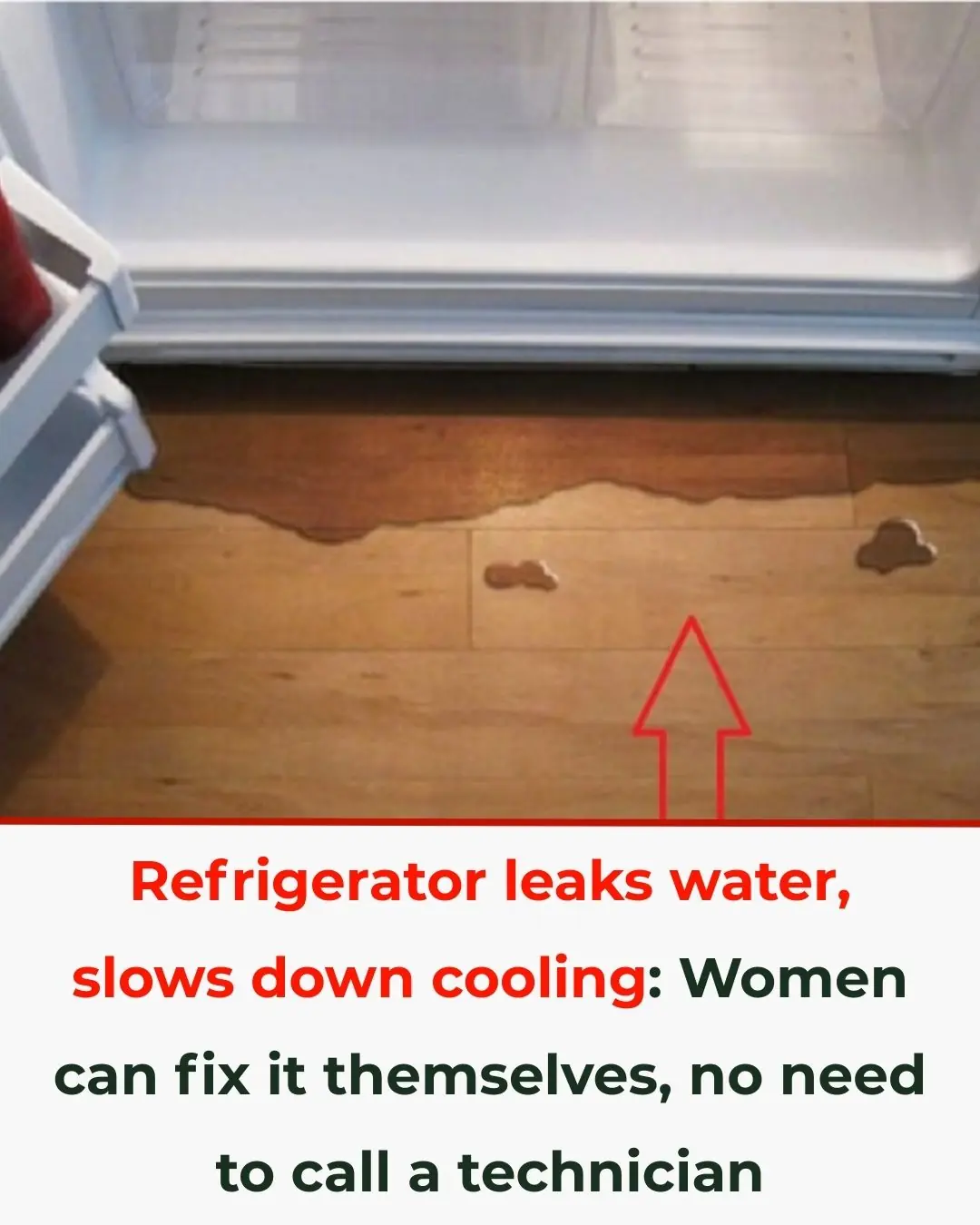
How to Handle Common Refrigerator Problems and a Surprising Lesson from American Toilet Habits

If Your Feet Swell It Is a Clear Sign

Why Doors in Public Bathrooms Don’t Reach the Floor

Nose Picking What This Taboo Habit Really Reveals About Us
